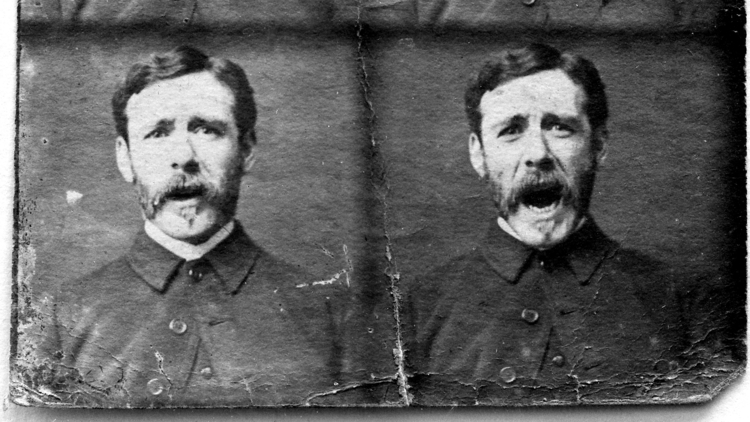
Please note: This event took place in July 2019
How on earth did Willie Green, a working-class kid from Bristol, become William Friese-Greene, the first person to present a movie camera to the world? And how is it possible that he died an unknown pauper in 1921, was considered important enough to have an all-star movie made about him thirty years later – The Magic Box, but since then has been completely ignored by film historians?
Film director Peter Domankiewicz became fascinated by the Friese-Greene story whilst living in Bristol in the 1990s and has undertaken the most substantial research to date, to untangle the real person from this mass of contradictions. In this talk, he will trace how Friese-Greene's photographic skill and self-confidence helped him found a successful chain of studios and led to collaborating with John Rudge in Bath to bring moving photographs to the magic lantern, before making the leap to the world of the learned societies of London and the possibilities of capturing life on a strip of film.
Always looking to the future, he also championed the role of women within photography. He would go on to create some of the earliest colour film systems, leading to his son Claude capturing 1920s Britain in colour in “The Open Road”.